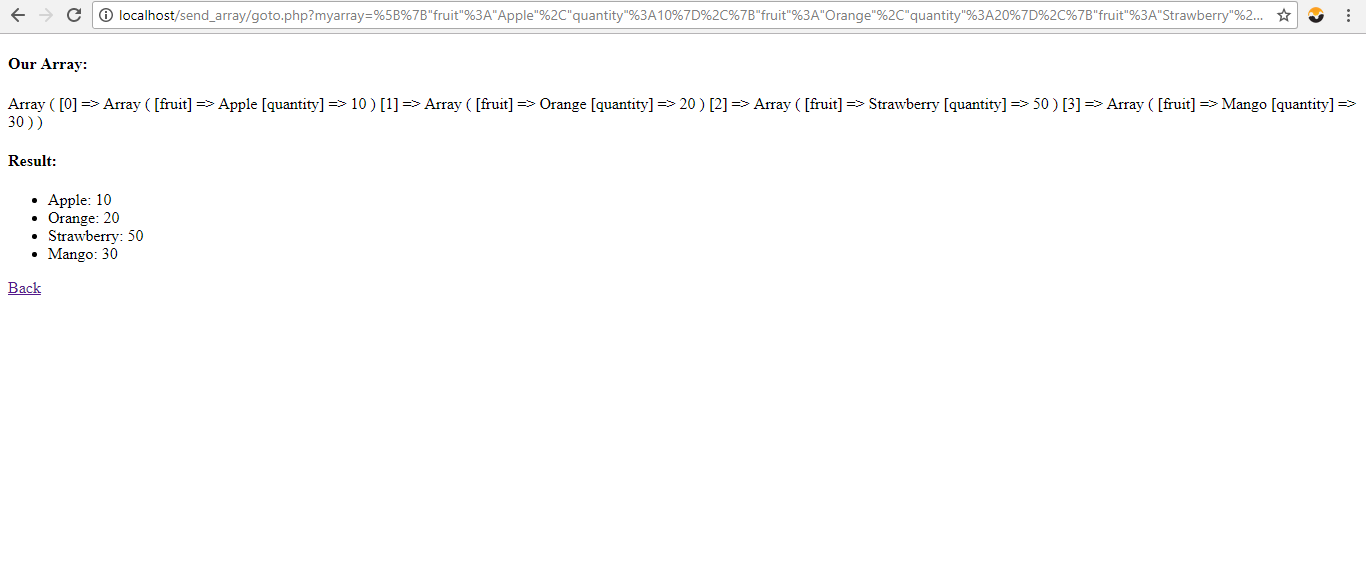

If you manually apply those changes, there is a high chance of human error. And sometimes, you have to make sudden changes in your coding. And remember, if you're looking to learn more about web development, be sure to check out the codedamn platform for interactive learning, coding challenges, and projects.With time, coding becomes tougher.
#Decode javascript online free
If you have any questions or need further clarification, feel free to explore the official Mozilla Developer Network (MDN) documentation on the btoa() and atob() functions.
#Decode javascript online how to
We hope this blog post has provided you with a clear understanding of how to encode and decode Base64 in JavaScript with various examples. However, the performance impact is generally minimal for small to moderate amounts of data, and the benefits of having a more readable format often outweigh the performance drawbacks. This can impact performance, especially when dealing with large amounts of data. Q: Are there any performance implications when using Base64 encoding/decoding?Ī: Encoding and decoding Base64 data has some overhead, as it increases the size of the data by approximately 33%. Q: Can I encode and decode non-string data using Base64?Ī: Yes, you can encode and decode other types of data, like ArrayBuffer or an array of numbers, by first converting them to a binary string and then using the appropriate encoding/decoding functions. It is mainly used for making binary data more readable and suitable for transmission over text-based protocols. Q: Is Base64 encoding secure for storing sensitive data?Ī: No, Base64 encoding is not a secure method for storing sensitive data, as it can be easily decoded. Instead, you can use the Buffer class as shown in the Node.js example above. Q: Can I use the btoa() and atob() functions in Node.js?Ī: No, these functions are not available in Node.js by default. log ( decodedString ) // codedamn is awesome! FAQ log ( base64Encoded ) // Y29kZWRhbW4gaXMgYXdlc29tZSE= const decodedString = Buffer. Here's an example:Ĭonst binaryString = "codedamn is awesome!" const base64Encoded = Buffer. In Node.js, you can use the Buffer class to encode and decode Base64 data without the need for the btoa() and atob() functions. log ( decodedString ) // codedamn is awesome! Encoding and Decoding Base64 in Node.js

It is supported in modern browsers and can be used to encode strings as follows:įunction base64Encode ( input ) const base64Encoded = "Y29kZWRhbW4gaXMgYXdlc29tZSE=" const decodedString = base64Decode ( base64Encoded ) console. The btoa() function is a built-in JavaScript function that takes a binary string as an argument and returns its Base64-encoded equivalent. Encoding Base64 in JavaScript Using the btoa() Function This encoding scheme is widely used in various applications such as embedding images in HTML, XML, or JSON data, and transmitting binary data over text-based protocols like HTTP and SMTP. An additional character, "=", is used as a padding character when the binary data being encoded is not divisible by 3. These characters include uppercase letters (A-Z), lowercase letters (a-z), digits (0-9), and two special characters (+ and /). What is Base64 Encoding?īase64 encoding is a technique to convert binary data into ASCII text format, which consists of a set of 64 different characters (hence the name "Base64"). We will also briefly discuss how to perform these operations in Node.js using the Buffer class. In this blog post, we will explore how to encode and decode Base64 using JavaScript with various examples. This can be useful when you need to store binary data in a more readable format, such as when transmitting data over a network or when saving data in a database.

Base64 encoding and decoding is an important aspect of web development, as it allows you to convert binary data into ASCII text format and vice versa.


 0 kommentar(er)
0 kommentar(er)
